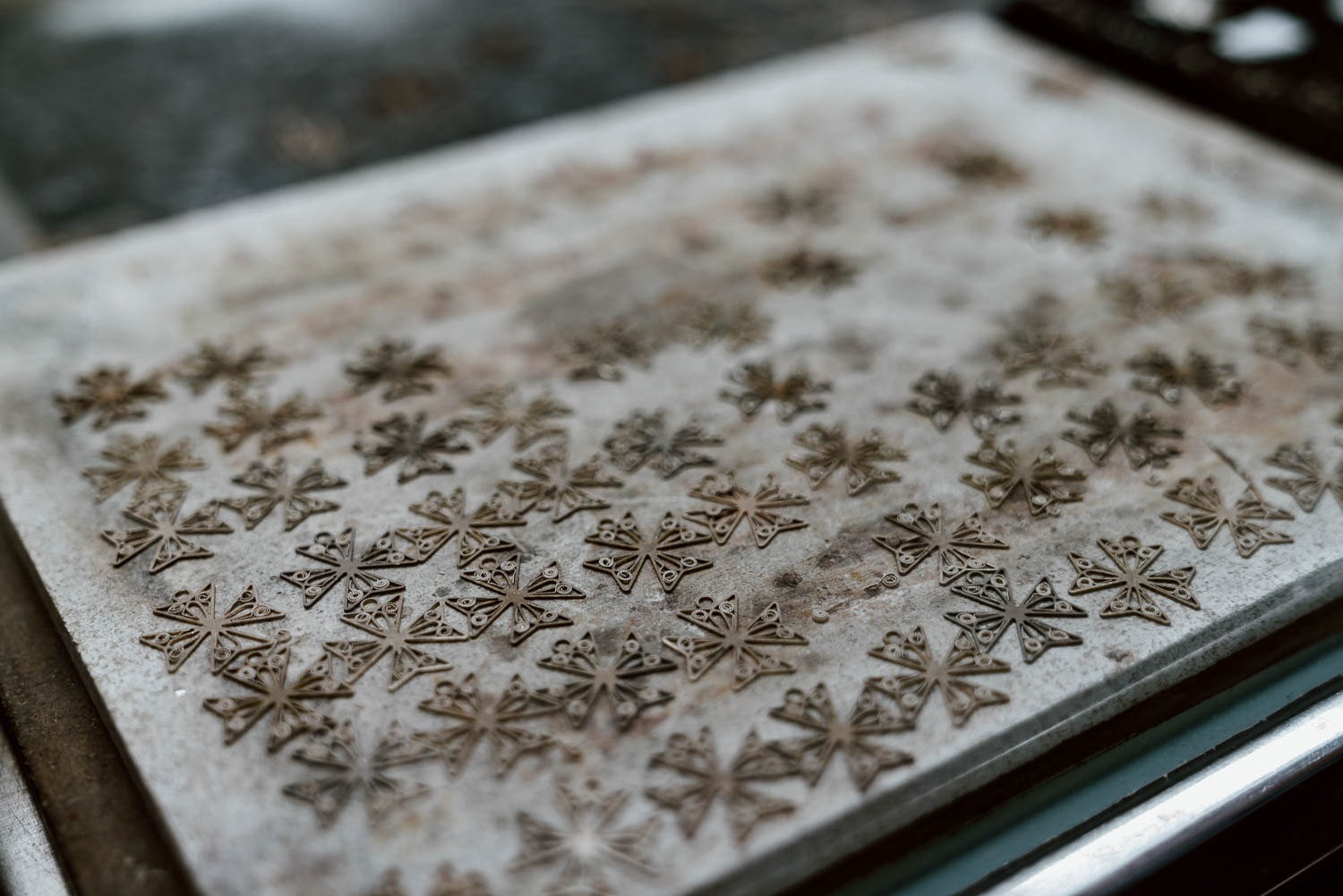Malta is the fourth stop in the Try Somewhere New podcast series with Ryanair, presented by us!
Listen to it below or find it in your usual podcast app.
It will take little time for new visitors to Malta to notice the eight-point cross; plastered across every menu, and adorning many souvenirs, it appears almost omnipresent in this small collection of isles.
And the knights? There is no guide or article that fails to mention them but many (including us) will be at a loss to say quite who this clearly very important collection of men were.
Indeed, after a few hours exploring Valetta on foot, we found ourselves googling for answers to two issues that were clearly so indelibly linked to the country's story.
The good news is that to understand the Maltese Cross, you also have to understand the Knights of Malta!
First, a little history.
Due to its strategic shipping position, devastatingly underpinned during World War II, the archipelago's story is one shaped by a myriad of settlers, invaders, and rulers.
In 870 A.D, Arabs conquered the islands (and their influence is still clear, especially on the Maltese language), before the Normans took their place. Over the next centuries, ownership of the islands would change hands from the disinterested Kingdom of Sicily to the Argaonese and, eventually, the Spanish.
At this point, the history of Malta turns into something a little more intriguing than simply being conquered by competing powers; Charles V of Spain, who was also the King of Sicily, gave the lands under his rule to a group of knights.
Now, it's important to get any Game of Thrones or 'Knights of the Round Table' connotations out of your head at this stage. Although this group were known as 'The Order of the Knights of St John' - and went by various other names - they aren't your shining armour, helmets, sword and shield type of knights. Instead, they were a Catholic Military Order established in 1048 to care for sick or injured Holy Land pilgrims.
After centuries of displacement and attempts to establish themselves in Cyprus and Greece, the depleted Order arrived in Sicily. With Malta at that stage offering little in terms of resources or interest beyond agriculture, Charles V bequeathed two of the islands to the Knights in 1530.
Although they never planned to use the islands as a permanent base, The Knights - a group rather than a state or a nation - ruled Malta for the next 268 years.
This period is widely considered to have transformed Malta into a martime and cultural centre of 18th century Europe. The majority of the country's most impressive and visited buildings were built during this 'golden age', including the well-preserved fortifications which dot the coast and form the city walls. Perhaps their greatest work however, was the creation of Valetta, the modern day capital, a city to be ‘built by gentlemen, for gentlemen’ and to act as a further defensive bulwark against Ottoman invasions.
Although Napoleon's French and then the British would replace the Knights of St. John, their role in the development of Malta's heritage, culture, and institutions is clear. It is important to note however that, the Knights were very much still a ruling class and organisation over the indigenous Maltese - and the relationship and power dynamic between the two ebbed and flowed across the almost three century rule.
One of the clearest and most lasting legacies of the Knights of Malta however, branded across nearly every souvenir in the country, is the Maltese cross. The symmetrical eight-pointed cross composed of four arrowhead shapes - usually white on a red background - was introduced by the Knights and has persevered through the centuries. It is this single symbol that will denote something as 'Maltese' - from the airline, to the football teams, to business logos.
There are several interpretations as to what the eight points denote, but the most common in our research is that each represents one of the eight languages or nation of the Knights who formed the Order ( Auvergne, Provence, France, Aragon, Castille and Portugal, Italy, Baviere, and England) or their eight shared obligations (Live in truth, Have faith, repent one’s sins, give proof of humility, love justice, be merciful, be sincere and wholehearted, endure persecution).
As the cross was a Catholic symbol adopted and worn by the Knights, many similar crosses can actually be found on flags, coats of arms, and other logos. However, it will always be most closely associated with these islands in the mediterranean and their story.
Learn more about our time in Malta, and the history of the Knights, in the latest episode of 'Try Somewhere New'.













